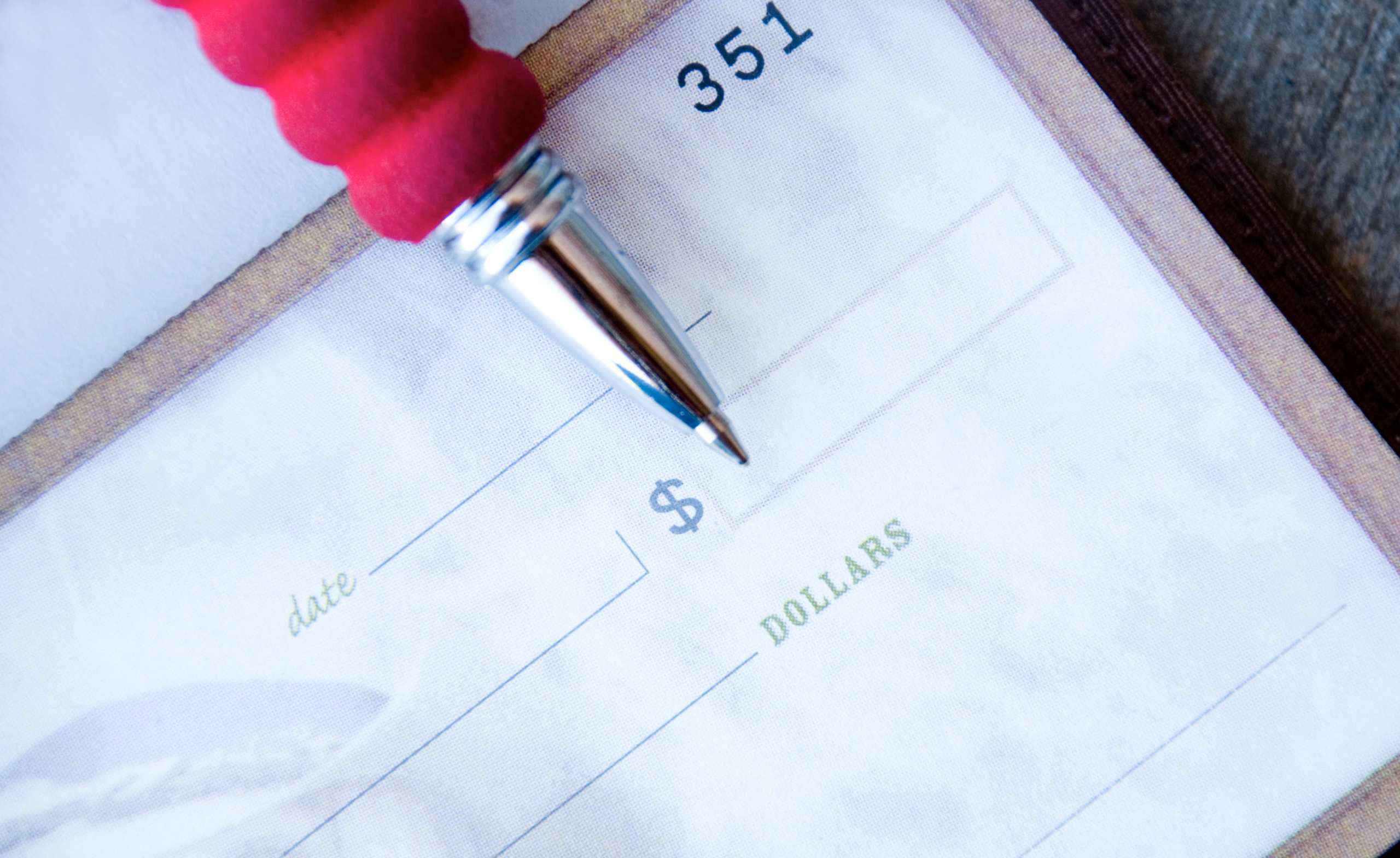PACs are under attack and not just attacks in the media by anti-PAC factions. These attacks are from criminals stealing money from PAC accounts by duplicating PAC disbursement checks. While it is unclear how the perpetrators are getting the PAC checks, the results are clear. Criminals obtain a legitimate PAC check and use the account name and address along with the banking information to create fraudulent checks. The fraudulent checks look exactly like your PAC check with the routing and account information and even your PAC’s check signature. Criminals change the amounts and distribute the checks to unsuspecting individuals as payment to purchase goods. By the time the seller deposits the check and realizes it’s fraudulent, the criminal is long gone with the merchandise and the seller is left with nothing.
One such situation occurred when a perpetrator sent a check to an individual attempting to purchase a boat listed on an internet selling site. The criminal sent a check in advance to the boat’s owner. The check was for more than the purchase price which the criminal claimed was a “mistake by his secretary”. The criminal then asked the seller to have the difference in cash ready when he came to pick up the boat. Thankfully, this smart seller called the PAC listed on the check and learned that the check he received was fraudulent and he did not go through with the transaction.
More times than not, individuals only learn they deposited a fraudulent check when the check comes back as unpaid. Or the PAC learns about fraudulent activity when they get their bank statement and see that a check that doesn’t match the check register, has been cashed.
What should we do to combat check fraud, you ask? First, talk to your bank about adding positive pay to your account. The positive pay function involves the account holder submitting a file to the bank anytime a check is written. As checks are presented for payment, the bank checks the date, payee, and amount against the file you submitted. Any differences between the file and the check presented result in the check being put into a decision queue. The account holder must review the check presented and determine if it is the check they wrote. If the check presented is not the same as the check written, the account holder simply declines to pay the check and the check is returned to the individual who presented it.
The second option is to skip sending paper checks and move to ACH transactions. Using ACH transactions eliminates a paper check being sent through the mail so there’s no chance it can be used to create fraudulent checks. ACH transactions are electronic and are very secure; however, they are not 100% secure as criminals can obtain the PAC account details and create fraudulent transactions. Additionally, two downsides to ACH transactions are bank fees for each transaction, and you will need to obtain banking information from each campaign seeking a contribution. This could slow down the process of getting a campaign their check, but it will secure your transaction.
The third, and most secure, option for transmitting money to campaigns is to use a combination of ACH and positive pay. Using positive pay – submitting a file to the bank with transaction details to be compared against the instrument presented for payment – and ACH as the payment instrument, you can virtually eliminate fraud on your PAC account. This does take a bit more time and potentially money, but it will save you from the headache of trying to get the funds back from a fraudulent transaction or losing PAC funds if, in the end, you are not able to recoup your money.

